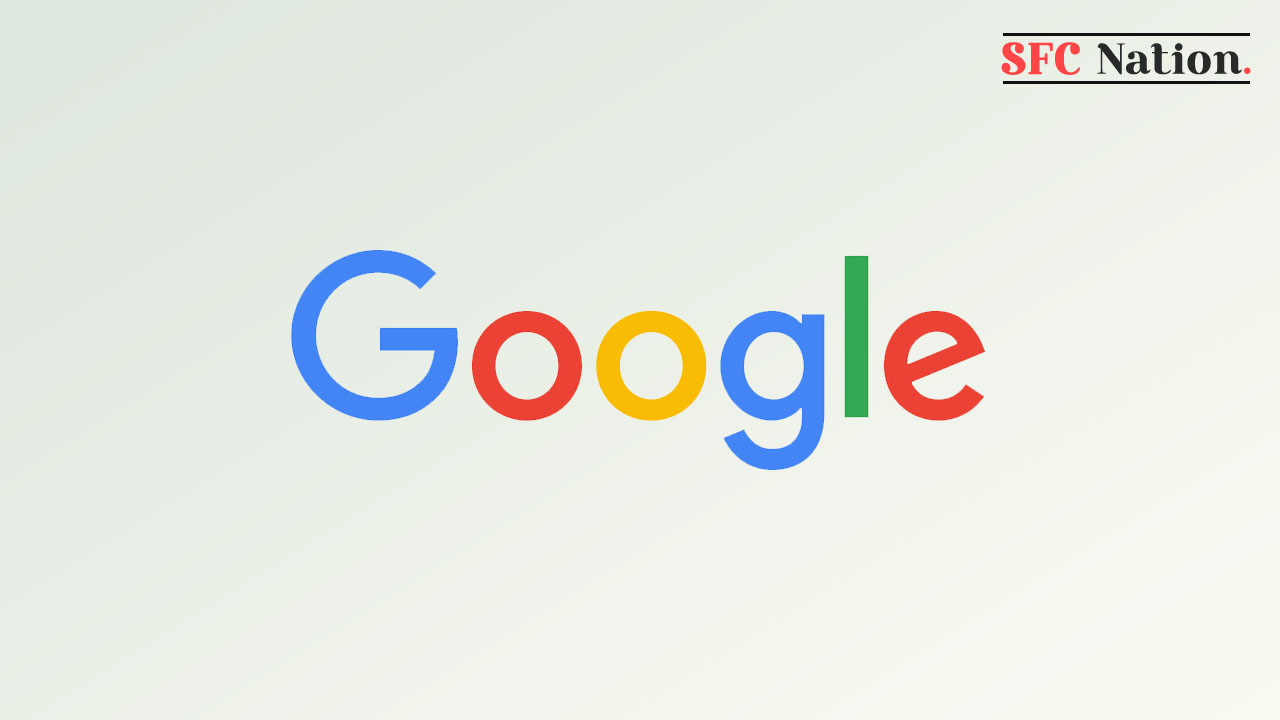Key Points:
- Google’s Android apps suffer from a lack of uniformity in their navigation drawer implementations.
- Inconsistencies range from visual design elements to interaction with system bars, creating a disjointed user experience.
- While Google is moving away from drawers, a more unified approach is needed for existing ones.
For Android users, navigating through Google’s suite of applications can feel like traversing a labyrinth with an ever-shifting layout. The culprit? Inconsistent implementation of navigation drawers – those familiar menus that slide in from the side of the screen. Despite a general shift away from drawers, several prominent Google apps still utilize them, but in a way that creates frustration rather than ease of use.
One glaring inconsistency lies in visual design. The introduction of Material Design 3 brought rounded corners to navigation drawers, yet core apps like Docs, Sheets, and Gmail stubbornly cling to the squarer aesthetic of Material Design 2. This visual dissonance disrupts the sense of cohesion users expect from a unified app ecosystem.
The inconsistency extends beyond aesthetics. The way drawers interact with the status and navigation bars varies wildly. Gmail keeps its drawer firmly below both bars, while Calendar allows it to peek through. Drive, Meet, Voice, and Files forgo interaction altogether, existing independently of the system bars. This lack of standardization makes switching between apps a disorienting experience.
The inconsistency even plagues the Google Workspace apps, known for their relative uniformity compared to other Google offerings. Google One’s drawer, for example, adheres to the older Material Design 2 style despite the app’s prominent Material Design 3 bottom bar.
Another point of contention is drawer width. Many drawers feel unnecessarily wide, obscuring a significant portion of the app’s main content. This reduces context and hinders a smooth user experience.
Thankfully, Google is acknowledging the shortcomings of navigation drawers. The messaging app saw its drawer retired in favor of a cleaner account menu layout. Similarly, Google Contacts is experimenting with filters and sheets, potentially signaling a move away from drawers altogether. These changes demonstrate a growing awareness of the limitations of drawers.
However, for apps that retain drawers, consistency remains paramount. Google itself recommends drawers for situations with five or more top-level destinations, complex navigation hierarchies, or the need for quick access to diverse functionalities. These are all valid use cases, but a standardized design language and interaction model are crucial to delivering a seamless user experience.
The ideal approach, according to some users, would be to emulate apps like Calendar and Keep. These drawers seamlessly integrate with the status bar, offering a more immersive and unified experience.
By addressing these inconsistencies, Google can transform its navigation drawers from a source of user frustration into a valuable tool that enhances app usability. A focus on visual coherence, standardized interactions, and a reevaluation of drawer width would go a long way in creating a more navigable and user-friendly Android app ecosystem.



Leave a Reply